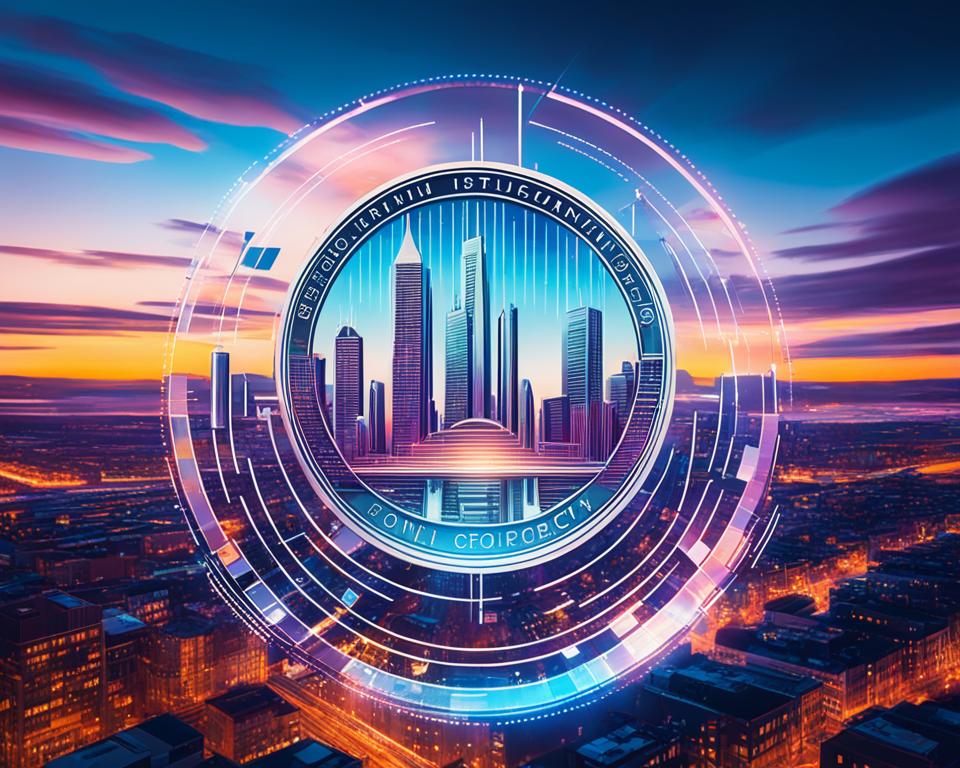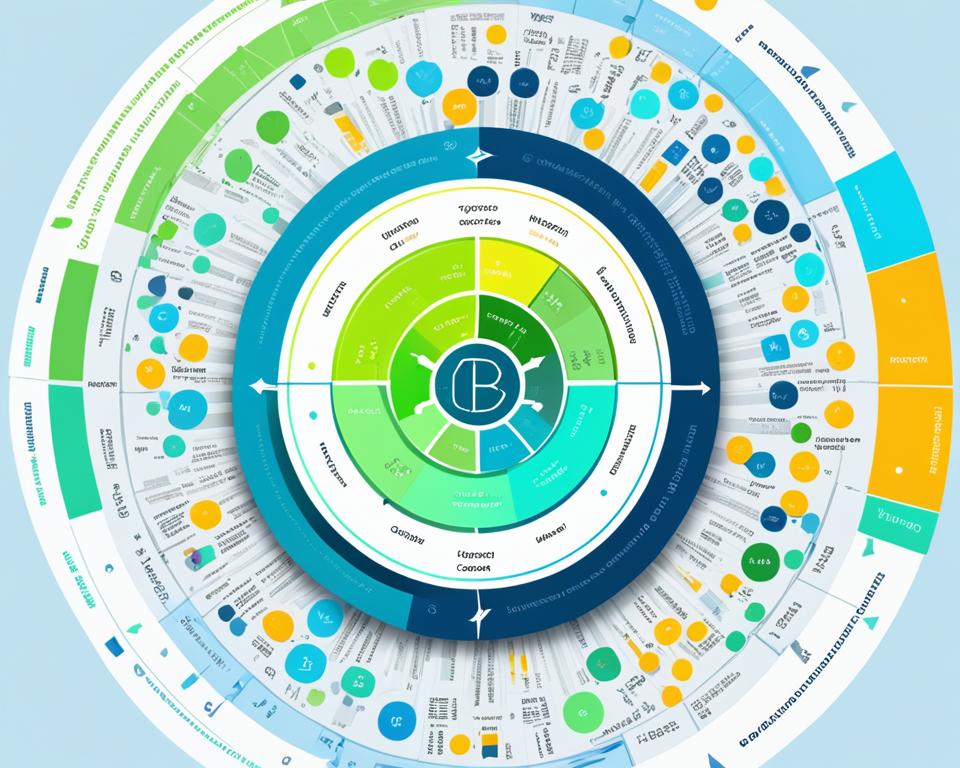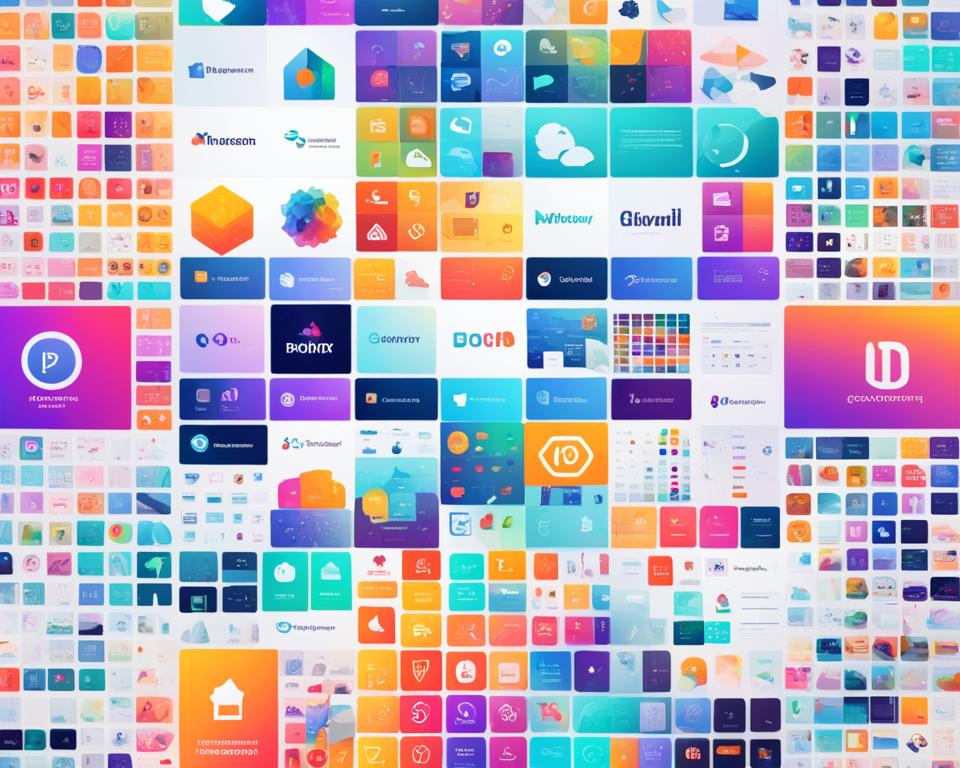Decentralized Applications: The Future of Web3 Platforms
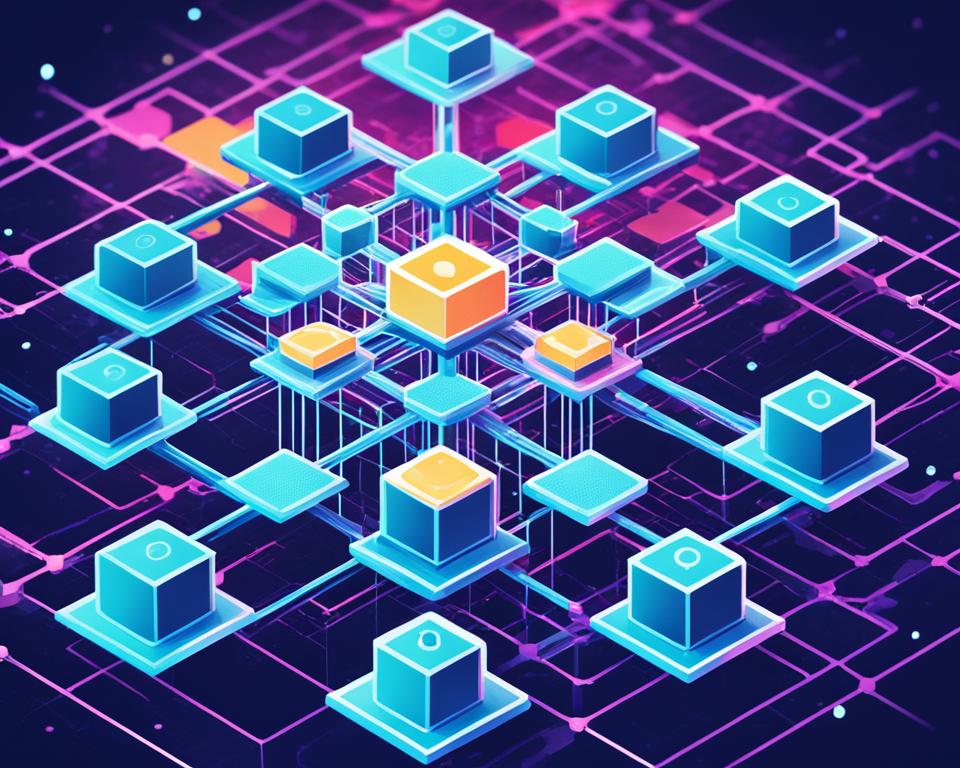
In the rapidly evolving digital landscape, the emergence of decentralized applications (dApps) has sparked a revolution in how you interact with the internet. dApps, powered by blockchain technology, offer a new paradigm of decentralized, secure, and transparent platforms that are transforming various industries. This article will delve into the world of decentralized applications, exploring their potential to redefine the future of the web, known as Web3.
Key Takeaways
- Decentralized applications (dApps) are transforming the digital landscape by offering secure, transparent, and user-centric platforms.
- Blockchain technology is the foundation of dApps, enabling the creation of smart contracts and a distributed ledger system.
- dApps are disrupting industries like finance and supply chain by democratizing access to services and enhancing transparency.
- The rise of Web3 is closely tied to the growth of decentralized applications, which empower individuals to take control of their digital lives.
- Decentralized applications are poised to redefine the future of the internet, fostering a more secure, transparent, and user-centric digital ecosystem.
Unleashing the Power of Decentralized Applications
In the ever-evolving digital landscape, the emergence of decentralized applications (dApps) has ushered in a transformative era, revolutionizing the way we interact with the internet. At the heart of this revolution lies the blockchain technology, a distributed ledger that records transactions in a secure, transparent, and tamper-proof manner.
Understanding the Blockchain Revolution
Blockchain technology is the foundational pillar upon which decentralized applications are built. This revolutionary technology enables the creation of smart contracts – self-executing agreements that automatically enforce the terms of a contract without the need for a central authority. By leveraging the power of distributed ledger and peer-to-peer networks, blockchain technology delivers a new paradigm of secure, transparent, and resilient platforms that are transforming various industries.
The Rise of Decentralized Applications (dApps)
Riding the wave of blockchain innovation, decentralized applications (dApps) have emerged as the embodiment of the next generation of the internet, known as Web3. These applications harness the power of cryptography and consensus mechanisms to create decentralized, secure, and transparent platforms that empower users to take control of their digital lives. dApps are disrupting traditional centralized models by providing innovative solutions in a wide range of sectors, from finance and supply chain management to healthcare and beyond.
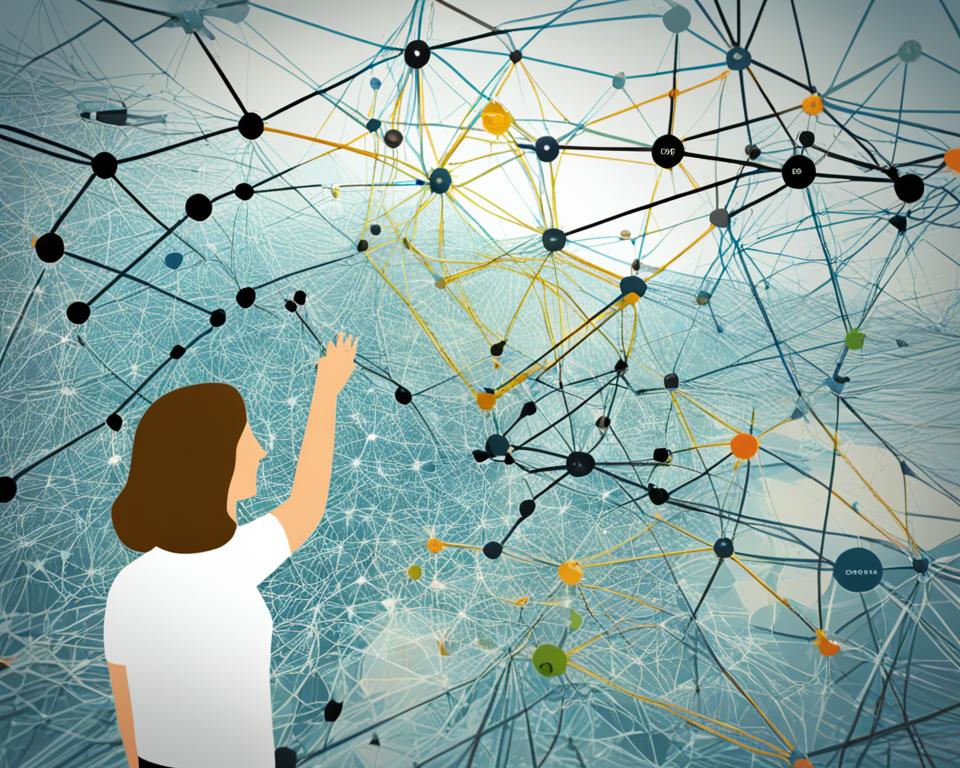
| Blockchain Technology | Decentralized Applications (dApps) |
|---|---|
| Distributed ledger that records transactions securely and transparently | Innovative platforms built on blockchain technology, empowering users and disrupting traditional models |
| Enables the creation of smart contracts that automatically enforce agreements | Leverage cryptography and consensus mechanisms to deliver decentralized, secure, and transparent solutions |
| Operates on a peer-to-peer network without the need for a central authority | Transforming industries by providing user-centric, innovative applications across various sectors |
Decentralized Applications: Revolutionizing Industries
Decentralized applications (dApps), powered by blockchain technology, are transforming industries by providing innovative solutions that address the limitations of traditional centralized systems. In the finance sector, dApps are democratizing access to financial services by enabling peer-to-peer transactions, decentralized lending and borrowing platforms, and the creation of new financial instruments based on blockchain technology.
Finance: Democratizing Access to Financial Services
The integration of decentralized applications and blockchain technology has revolutionized the finance industry, offering individuals greater control and accessibility to financial services. dApps are facilitating peer-to-peer transactions, allowing users to engage in secure and transparent exchange of digital assets without the need for intermediaries. Additionally, the rise of decentralized lending and borrowing platforms empowers users to access credit and capital, fostering financial inclusion and democratizing access to financial opportunities.
Supply Chain: Enhancing Transparency and Traceability
Beyond the finance sector, decentralized applications are also transforming the supply chain industry by enhancing transparency and traceability. By leveraging distributed ledger technology and smart contracts, dApps enable businesses to track the movement of goods, validate the authenticity of products, and ensure compliance with regulations throughout the supply chain. This increased visibility and accountability foster trust, reduce the risk of fraud, and optimize supply chain efficiency, benefiting both businesses and consumers.

| Decentralized Applications | Traditional Centralized Systems |
|---|---|
| Powered by blockchain technology and distributed ledger | Rely on centralized authorities and intermediaries |
| Offer peer-to-peer transactions and decentralized financial services | Restrict access and control over financial operations |
| Enhance transparency and traceability in supply chains | Lack visibility and accountability throughout the supply chain |
| Empower individuals and businesses with decentralized, secure and transparent solutions | Concentrate power and control within centralized entities |
Conclusion
As the digital landscape continues to evolve, the rise of decentralized applications (dApps) powered by blockchain technology has ushered in a new era of secure, transparent, and user-centric platforms. Harnessing the power of distributed ledger technology, smart contracts, and peer-to-peer networks, dApps are poised to revolutionize various industries, from finance to supply chain management.
The Web3 movement, driven by the growth of decentralized applications, is empowering individuals to take control of their digital lives. By democratizing access to services and enhancing transparency, dApps are transforming the way we interact with technology, breaking down the barriers of traditional centralized systems. This paradigm shift is opening up new opportunities for innovation, collaboration, and empowerment across a wide range of sectors.
As the adoption of decentralized applications continues to accelerate, the future of the web lies in the hands of this transformative technology. The potential of dApps to reshape our digital experiences, foster greater trust, and empower users is truly remarkable. The journey towards a decentralized and user-centric internet is underway, and the possibilities that lie ahead are both exciting and profound.
